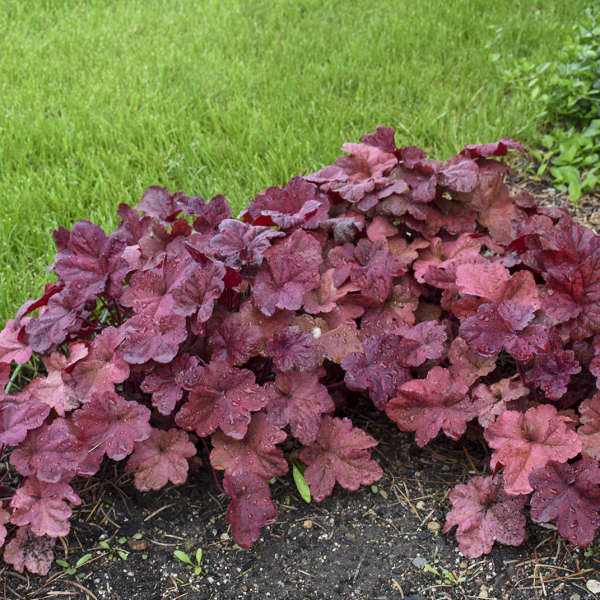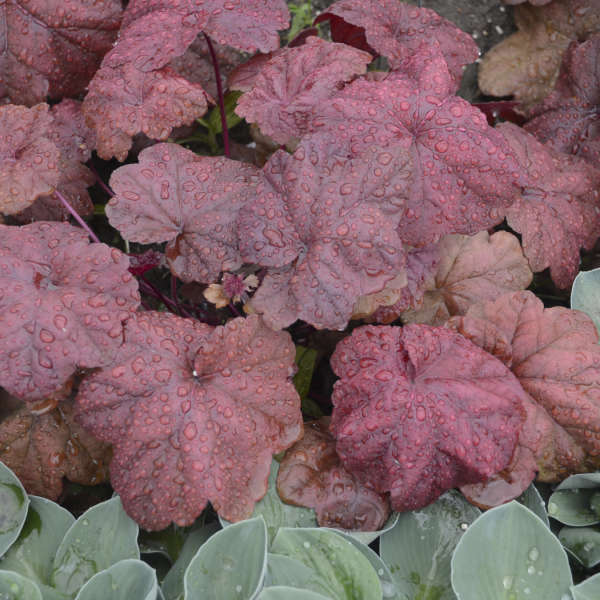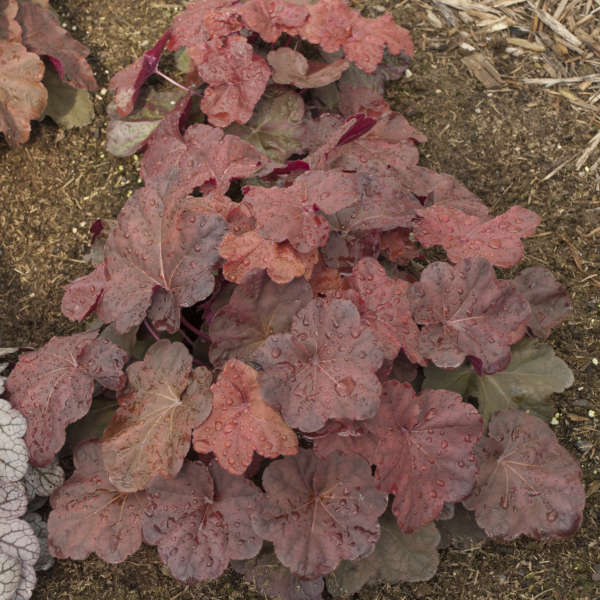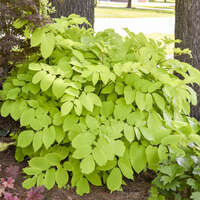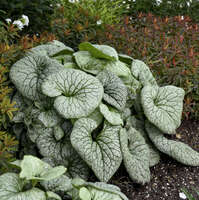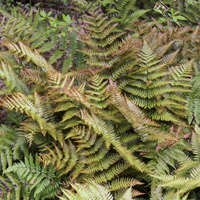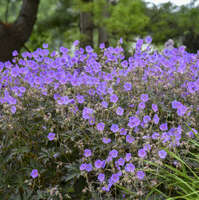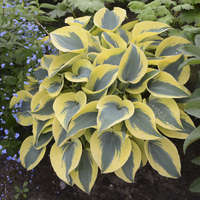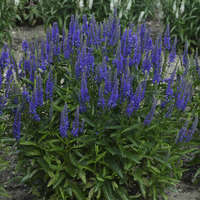Heuchera 'Lava Lamp' PP26761

Common Name: Coral Bells
Expanding the color options in our coral bells collection, the new ‘Lava Lamp’ forms a large, billowy mass of very large, coppery purple leaves with deep purple undersides. The newest leaves emerge a bright copper orange color and then deepen to coppery purple as they age. This variety has large, flat, rounded leaves that are not deeply dissected.
Deep purple scapes carry plump wands of closely spaced cream flowers in early summer.
This plant is a Heuchera villosa hybrid. The H. villosa species is a large, late blooming type that exhibits an increased tolerance of high heat and humidity over other species. Most produce cream flowers in midsummer, though they are grown more for their fantastic foliage. H. villosa is native to the southeastern United States.
Coral bells are easy to grow and blend easily with most other perennials in the landscape. Because of their low, mounding habit, they are often used as edging along paths or in containers. Try cutting a few of the tall flower scapes for fresh bouquets.
20ct Plug Tray |
72ct Plug Tray |
